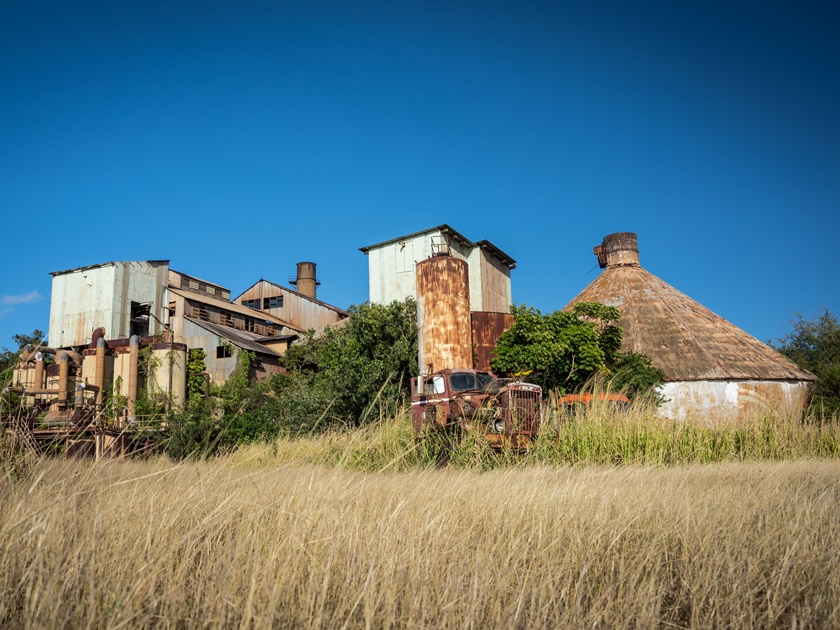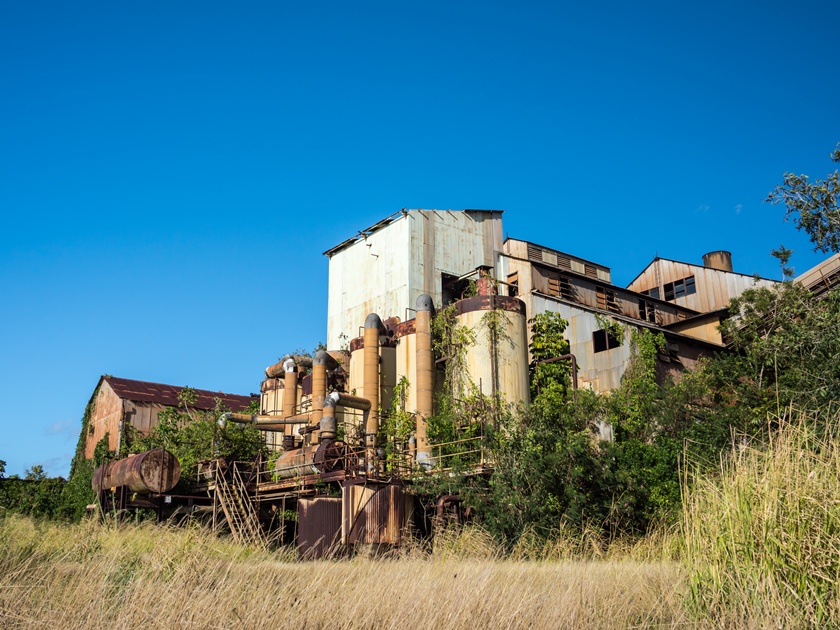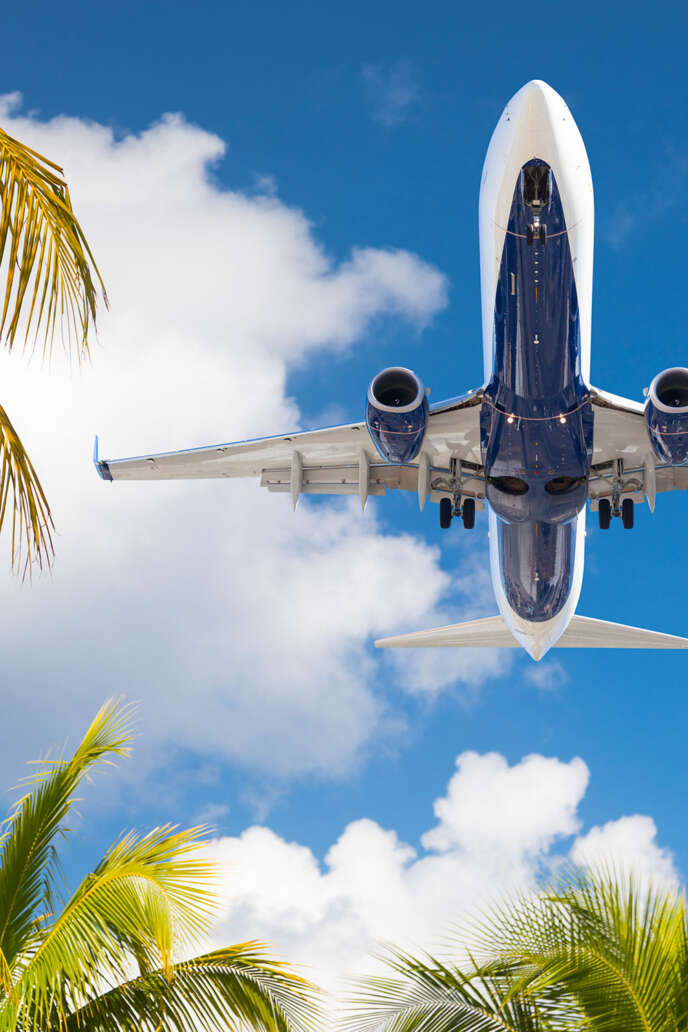The Lihue Sugar Plantation, established in 1849, played a pivotal role in Kauai‘s transformation into a sugar production powerhouse. Central to its success was an innovative irrigation system that harnessed the island’s abundant rainfall to nourish expansive sugarcane fields. Today, remnants of this engineering marvel offer both historical insights and unique recreational experiences.
Origins of the Lihue Sugar Plantation

Founded by Henry A. Peirce, Charles Reed Bishop, and Judge William L. Lee, the Lihue Sugar Plantation began as a modest enterprise on Kauai’s southeastern coast. The plantation quickly recognized the necessity of a reliable water source to sustain sugarcane cultivation, prompting the development of an extensive irrigation network.
Engineering the Ditch System
Between 1856 and 1857, William Harrison Rice designed and oversaw the construction of Hawaii’s first large-scale irrigation project: the Rice Ditch. This pioneering effort laid the groundwork for subsequent developments, including the Hanama‘ulu Ditch built in 1870. These systems channeled water from the Hanamāʻulu Stream, originating near Kilohana Crater, through a series of hand-dug tunnels and flumes to the plantation fields below. The entire network spanned over 50 miles, showcasing remarkable engineering feats for its time.
Impact on Sugar Production

The irrigation system significantly boosted sugarcane yields, enabling the plantation to expand its operations. By the late 19th century, Lihue Plantation had incorporated neighboring lands, including the acquisition of the Makee Sugar Company in 1934. Innovations such as the introduction of steam-powered mills further enhanced production efficiency, solidifying the plantation’s status as a leader in Hawaii’s sugar industry.
Decline and Closure
Despite its successes, the Lihue Sugar Plantation faced challenges in the late 20th century, including global market fluctuations and rising operational costs. These factors led to the plantation’s closure in 2000, marking the end of an era for Kauai’s sugar production. Subsequent ownership changes saw the land repurposed for various uses, including agriculture and tourism.
Legacy and Modern-Day Significance
Today, the legacy of the Lihue Sugar Plantation’s irrigation system endures. Kaua‘i Backcountry Adventures offers guided tubing tours through the historic ditches, allowing visitors to experience firsthand the ingenuity of these 19th-century constructions. Beyond recreation, the irrigation network continues to serve practical purposes, supplying water to ranchers.
The story of the Lihue Sugar Plantation and its irrigation system is a testament to human innovation and adaptation. From its inception in the mid-1800s to its modern-day reincarnations, the plantation’s history reflects the broader narrative of Hawaii’s agricultural evolution. Exploring this legacy offers valuable insights into the island’s cultural and technological heritage.


